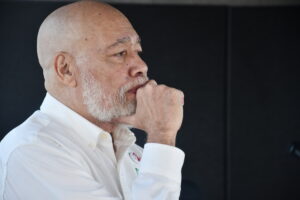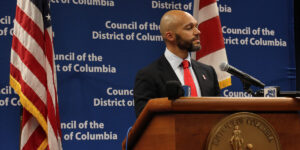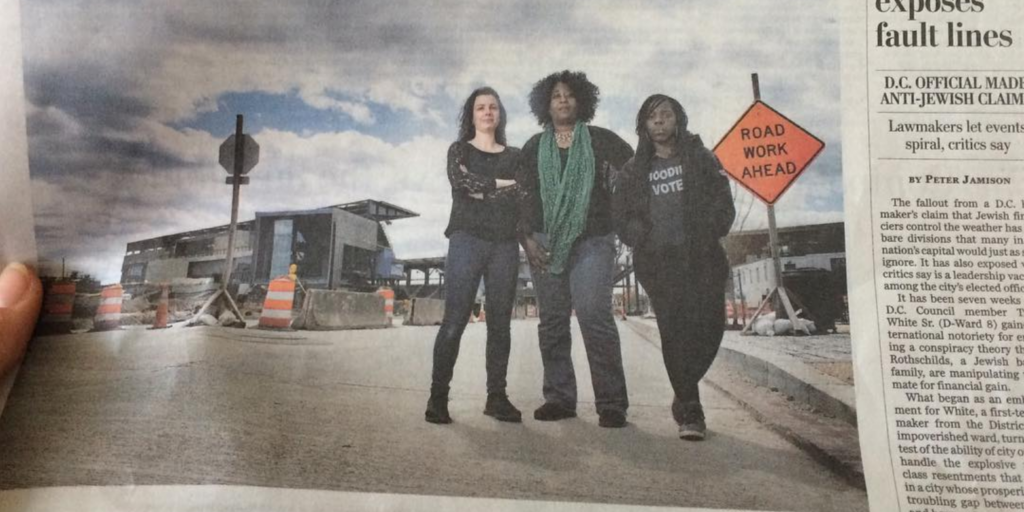
D.C. neighborhood isn’t breathing easy | The Washington Post
On Saturday, April 21, 2018, reporter Courtland Milloy met with Rhonda Hamilton, Kari Fulton, and me in Southwest D.C. to learn more about the ongoing environmental justice challenges facing Buzzard Point communities.
Milloy’s story was featured on the front page of The Washington Post's Sunday Metro section, accompanied by a powerful image captured by photographer Marvin Joseph. The photo later became part of the Smithsonian Anacostia Community Museum’s
Women and Environmental Justice exhibit.
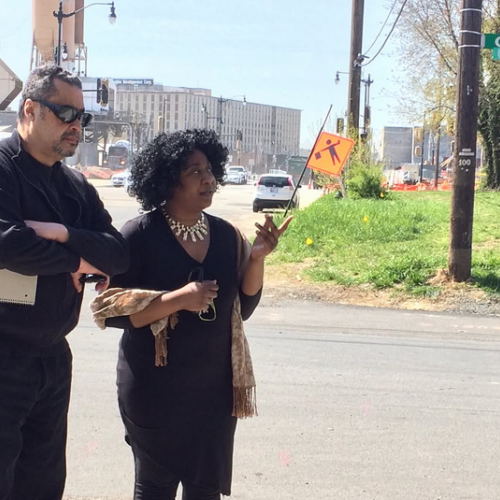
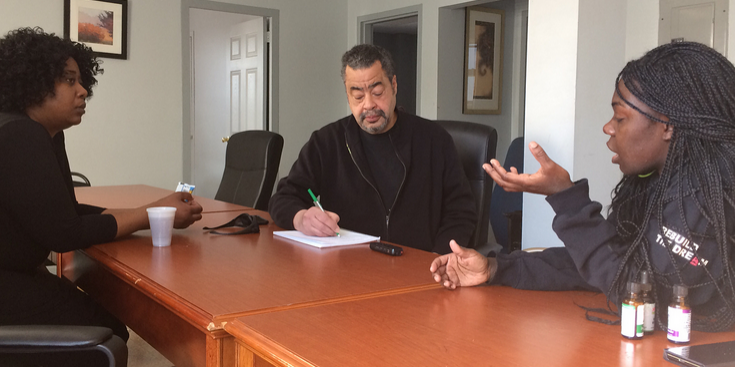

"The Georgetown report recommended that residents document the problems, take photographs and make written accounts.
Alisha Camacho, an environmental educator and the videographer for NeRAC, has spent nearly three years helping residents do just that. She has decided to make their efforts into a documentary about the fight for clean air in Washington.
'The EPA Office of Environmental Justice says that no group of people, including racial or ethnic or socioeconomic, should bear a disproportionate share of environmentally negative consequences,' Camacho said.
There’s no mystery as to what group of people are bearing the brunt of the burden in Buzzard Point.
As Camacho put it, 'Being black and poor shouldn’t make you forfeit the right to breathe clean air.'"

